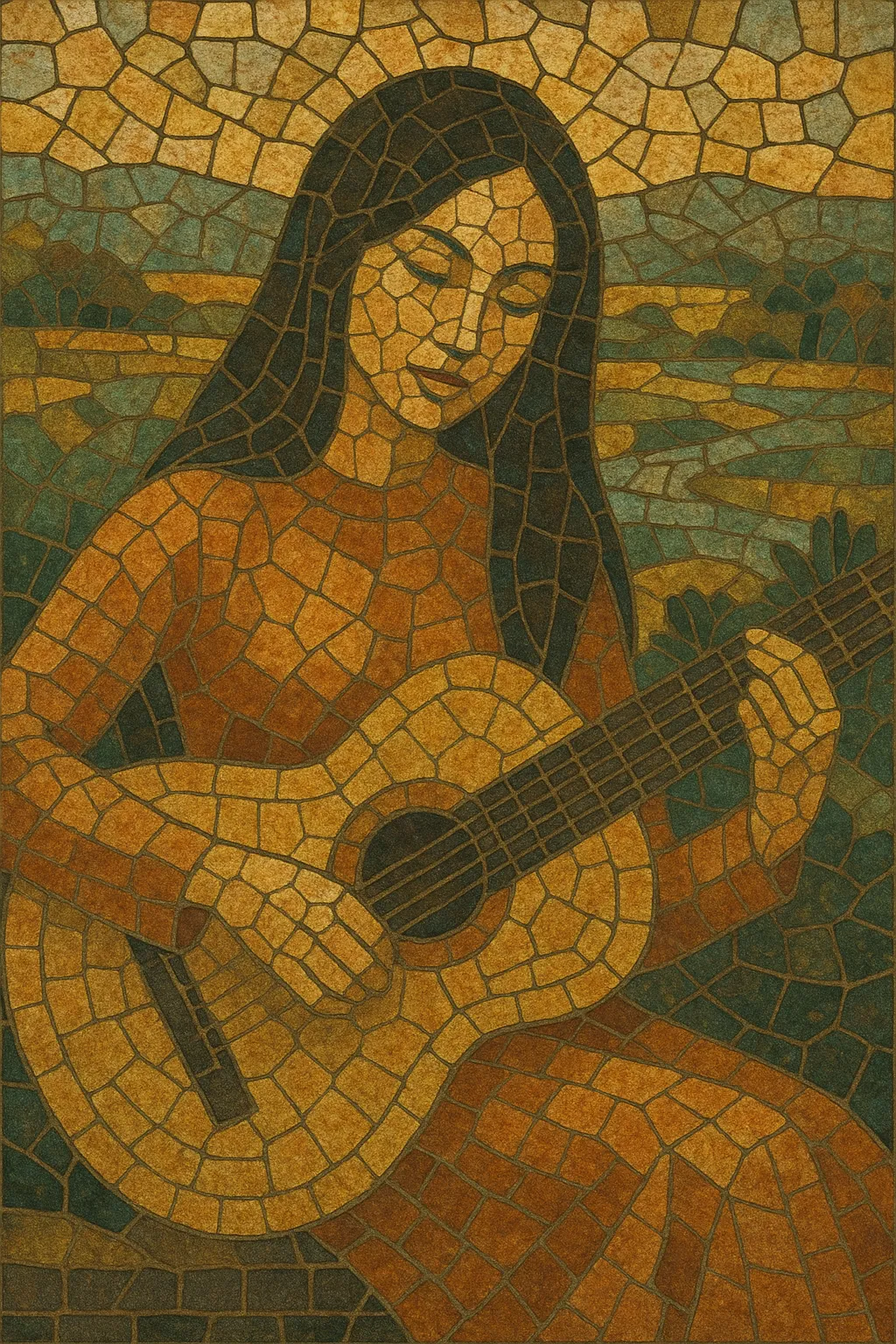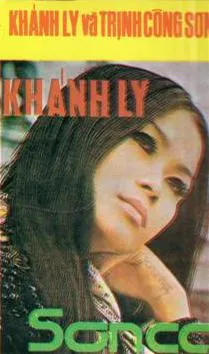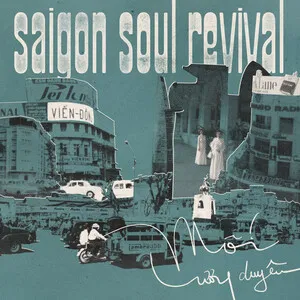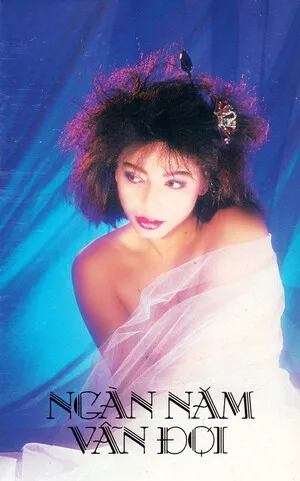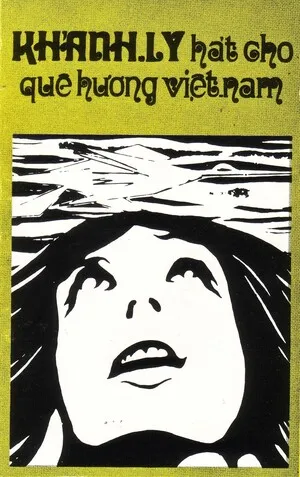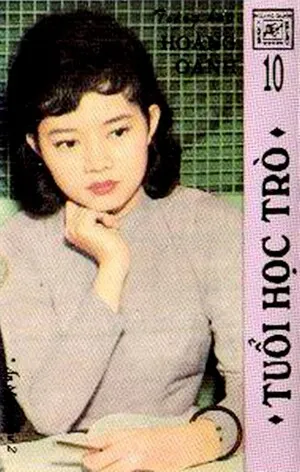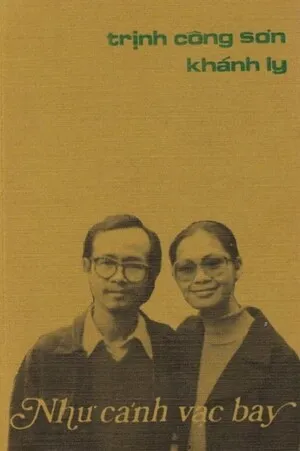Nhạc vàng (literally “yellow music”) is a South Vietnamese popular song tradition characterized by sentimental lyrics, lyrical melodies, and gentle dance-band accompaniment.
It blends Vietnamese vocal aesthetics with Latin ballroom rhythms (especially bolero, rumba, tango) and European chanson-style balladry, typically in slow to mid-tempo settings.
Arrangements favor crooning vocals, lush string pads or accordion/organ, surf- or tremolo-tinged electric guitar, and steady drum-kit patterns, creating a warm, melancholic, and nostalgic sound.
Thematically, songs dwell on love, separation, longing, rural landscapes, and wartime absence, delivered with expressive vibrato and ornamentation that reflect Vietnamese prosody.
Nhạc vàng emerged in the late 1950s in what became South Vietnam, developing from pre-war Vietnamese popular song (nhạc tiền chiến) and absorbing strong French chanson and European ballroom influences. Early professional bands and dance halls in Saigon popularized Latin rhythms and slow ballads, which composers localized with Vietnamese lyricism and vocal delivery.
During the 1960s, nhạc vàng became the mainstream of southern popular music. Composers such as Lam Phương, Trúc Phương, Phạm Duy, Anh Bằng, and Nhật Ngân wrote highly melodic, strophic songs set to bolero, rumba, tango, or waltz grooves. Record labels, radio stations, and cabarets nurtured a star system of crooners and divas (e.g., Chế Linh, Thanh Tuyền, Giao Linh, Duy Khánh), while electric guitar bands and small string sections defined the studio sound.
After 1975, nhạc vàng was restricted in unified Vietnam for its perceived sentimentalism and association with the former South. The repertoire survived and evolved in the Vietnamese diaspora (United States, France, Australia), where stage productions and video series (e.g., Paris By Night, Asia) kept the style widely circulated, refined studio aesthetics, and maintained its intergenerational popularity.
From the 1990s onward, selected songs re-entered Vietnam’s public sphere, and by the 2010s a prominent bolero revival on television contests and live circuits reignited interest in nhạc vàng aesthetics. Contemporary Vietnamese pop ballads and indie reinterpretations often borrow its harmonic language, crooning delivery, and nostalgic themes, attesting to nhạc vàng’s lasting cultural imprint.

